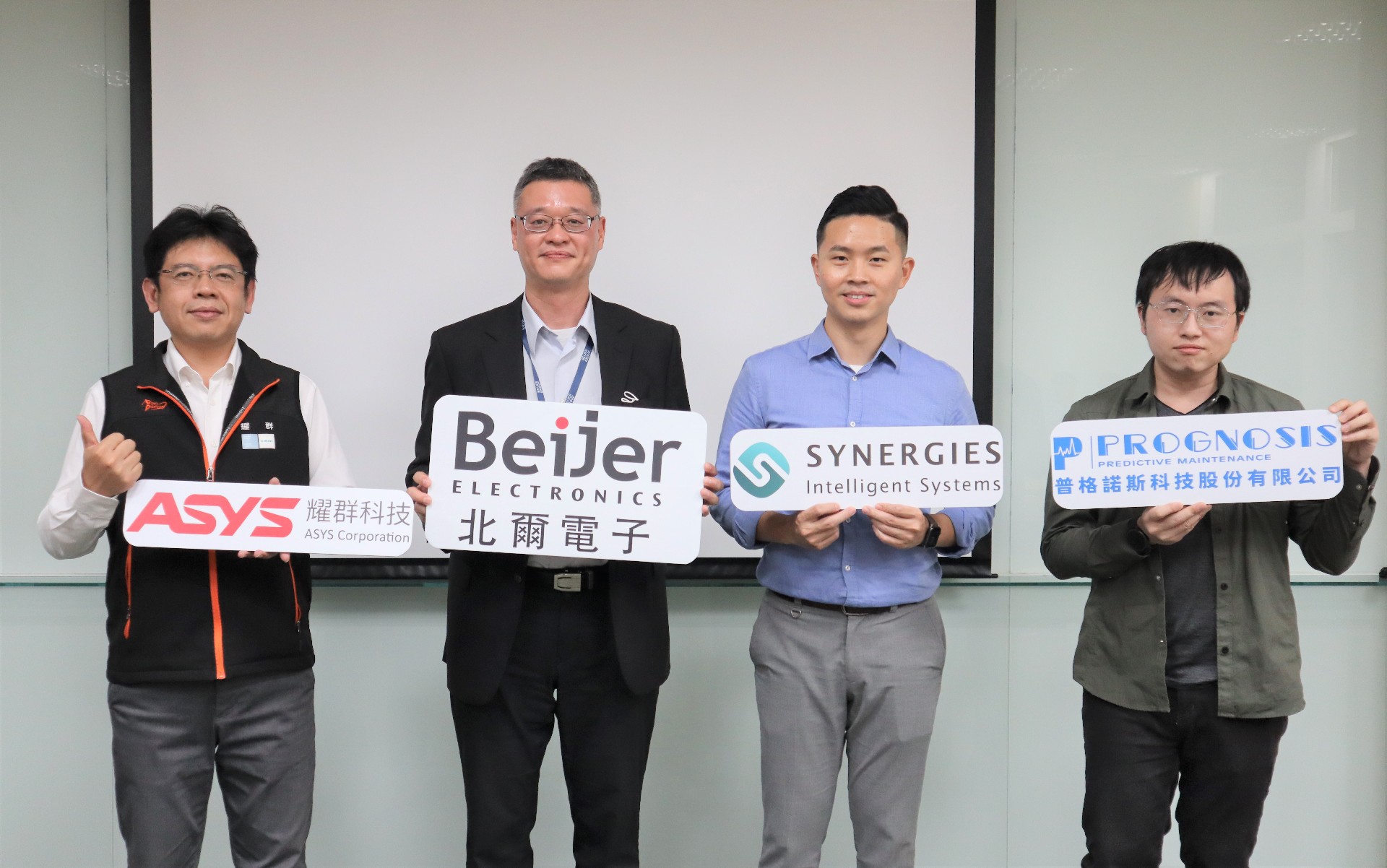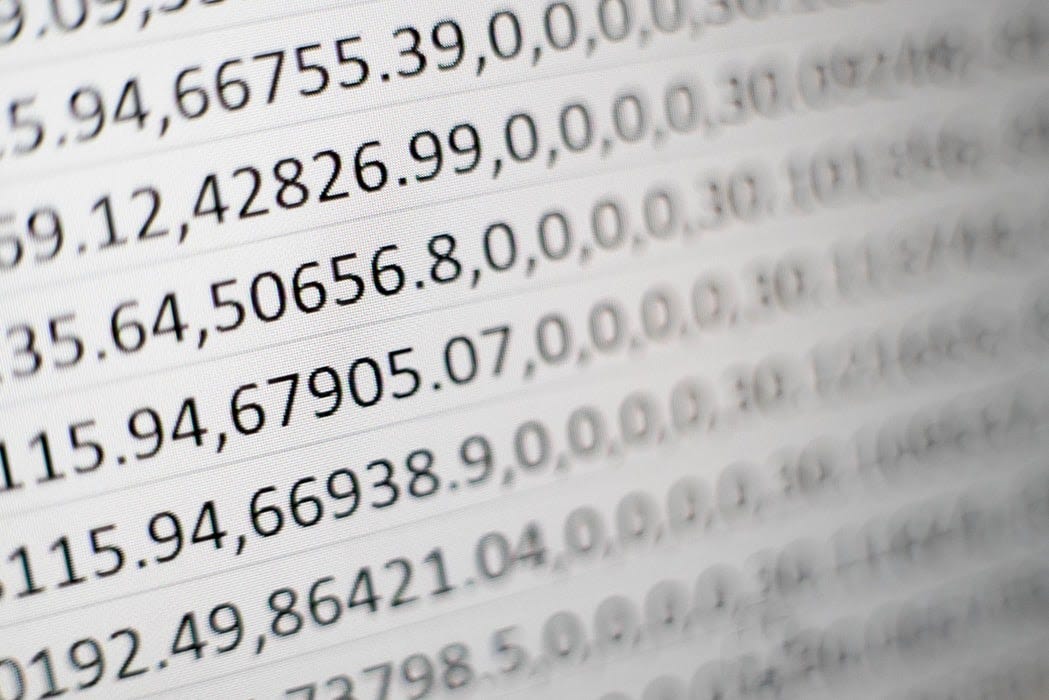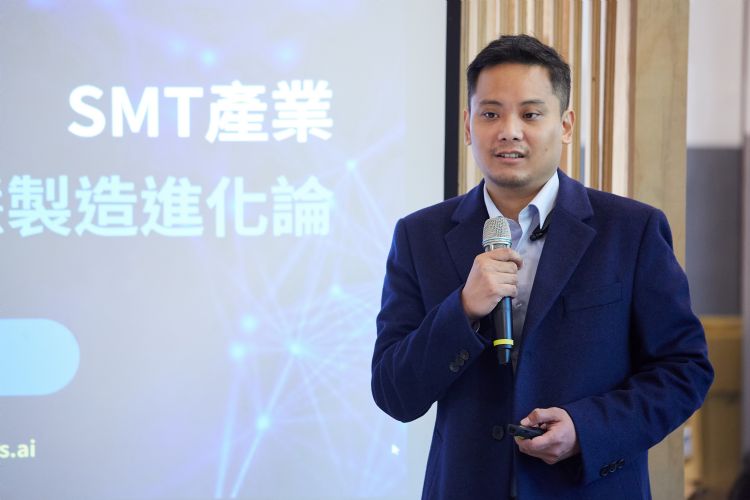
It’s February 2021 and the coronavirus that knocked on the door in late 2019 is still here to cause chaos. As each day passes, new positive cases are emerging all around the world. While there is some recovery rate and strict measures are being duly followed to keep the demonic virus from spreading, a sneaky way the number is going up is through asymptomatic COVID-19 carriers. These are people who are infected by the virus but should show or feel any symptoms. Most of the time, they are clueless that they have been affected. By being asymptomatic, the virus stays under the radar and doesn’t call emergency for tests and medications henceforth.
So, is there a way to identify asymptomatic carriers? Yes.
An artificial intelligence device is doing the talks of having the ability to detect the silent carriers. Researchers at Synergies Intelligent System and the University of Hamburg described the model in a paper for the Scientific Reports journal. They spoke about a machine learning algorithm that can identify asymptomatic carriers of the virus in a moving crowd. How? The said algorithm makes these predictions by analyzing the GPS-tracked moments of the people in a city and the city’s known cases of infection. “With this type of technology, we can quarantine a very small fraction of people – just three to five percent- and pretty effectively reduce the effect of the disease,” says the co-founder of Synergies, Micheal Chang. The beginning of 2021 brought hope for vaccinations along with it. This machine-learning algorithm will not just detect asymptomatic carriers of COVID-19 but also identify superspreaders, those who have infected a disproportionately high amount of people. This will in return help governments and health workers in prioritizing the vaccine dose supply.
What’s The Catch?
This AI tool has one limitation, its operation is heavily based on GPS. The accuracy of this tool depends on people’s choice to use a GPS-based app on their phones. The app can then track the user’s location and record any positive coronavirus test results in that area, nearest to one meter. Jianwei Zhang, a professor at the University of Hamburg says, “The mobile data is also collectible from cellular data. If we could use data other than GPS to build interactive relations between people – for example, by using cameras or indoor localization methods – this would boost the algorithms prediction accuracy.” This is not the first-of-its-kind invention, though. Similar software was used in East Asia to control the spread. But it drew a lot of criticism over the privacy rights of citizens and hence, was not accepted by other regions of the world. According to the authors of the paper, this system is a “continuous learning inference of individual probability.” This model is based on a gradient boost ensemble learning tree model and is updated with real-world data using an individual-directed graph that records the interactions between individuals at a certain time. The machine learning algorithm assesses other data like credit card transactions, public transport data to determine how often people came in contact. Apart from that, this system can factor in mask-wearing, hand washing, and other preventive measures using additional sensors. It can label people based on the disease status, too. Susceptible, quarantined, exposed, infected, hospitalized, and recovered will be the labels that will notify the status of the people during this pandemic.










